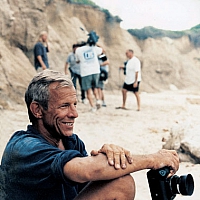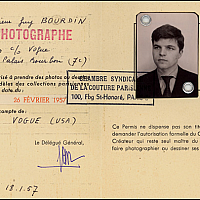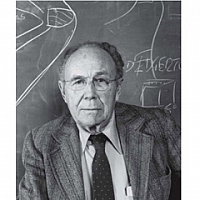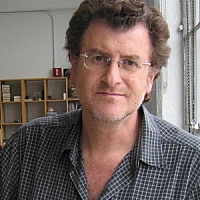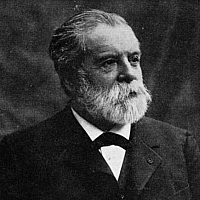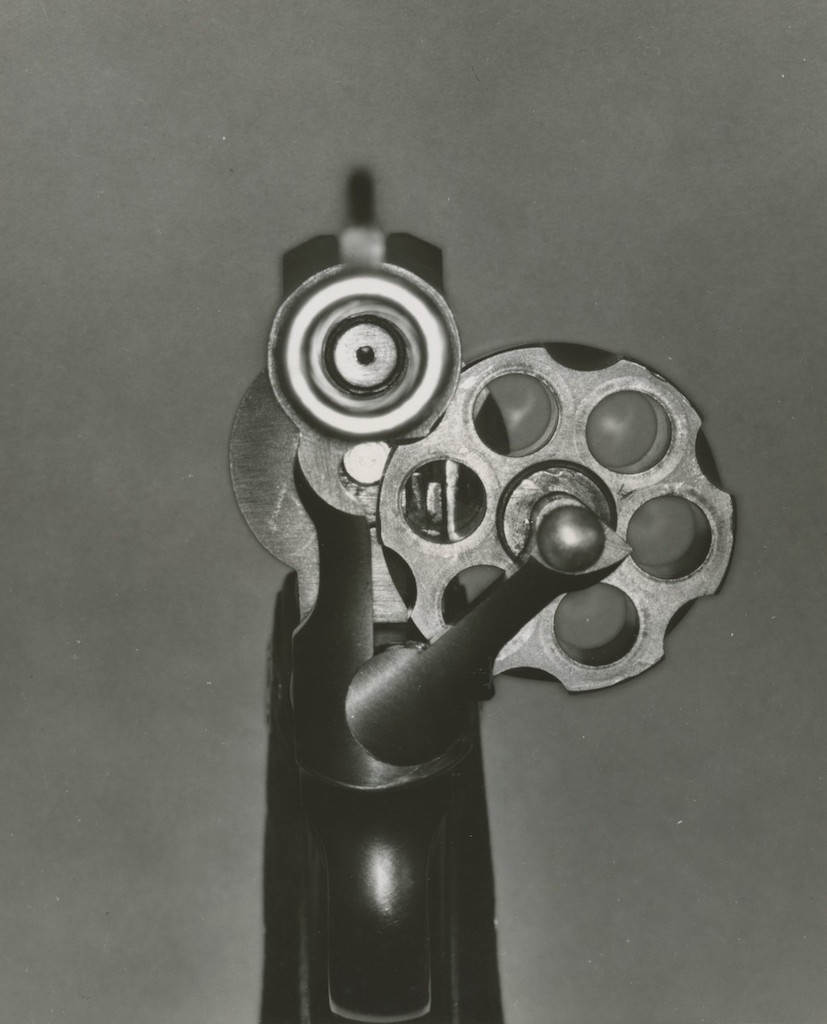
© Sheldon Hine Pistol Lit by Coaxial Lighting, c.1950. View 4 Vintage silver gelatin print 20 x 25 cm Signed in pencil on verso. Courtesy Michael Hoppen Gallery
Expositions du 28/9/2016 au 26/11/2016 Terminé
Michael Hoppen Gallery 3 Jubilee Place SW3 3TD London Royaume-Uni
Michael Hoppen Gallery's press releaseMichael Hoppen Gallery 3 Jubilee Place SW3 3TD London Royaume-Uni
Part of the fascination with all photography is that the medium is firmly grounded in the documentary tradition. It has been used as a record of crime scenes, zoological specimens, lunar and space exploration, phrenology, fashion and importantly, art and science. It has been used as ‘proof’ of simple things such as family holidays and equally of atrocities taking place on the global stage. Any contemporary artist using photography has to accept the evidential language embedded in the medium.
In this exhibition the Michael Hoppen Gallery exhibits a myriad of different images including 19th, 20th c. and contemporary works of art. Seemingly disparate these images have a shared gravitas, a weightiness that emanates from their documentary function. Many of the images were originally taken to provide empirical evidence of a theory or record of an event. Dislocated from their original context and distanced by time, they do not so much provide an answer, rather question the viewer afresh.
It is interesting that the majority of photographs in this exhibition were never intended as beautifully crafted or well-composed images. They were required to prove a point, solve a mystery or simply to inform with clarity. The identity of a face, the location of a cell, the shape of a skull as confirmation of evolution, the coaxial lighting down a gun to show the twist of the barrel. All these images were made to illustrate a fact. Even a picture of a Russian schoolgirl’s calculus covered thighs provides amusing evidence of her cheating in a math’s exam. The image was taken as proof of her misdemeanor but isolated from its original context, as with many of these images, it acquires a beauty and significance independent of it’s original function.
Most of these images once served a specific purpose, which has now passed. What therefore makes these disparate images still so important and also so collectable? One understands very quickly how extraordinary some of these pieces are, not only from an informative point of view, but also aesthetically. Many are unique and the chances of them having been saved in good condition, for posterity is often just pure chance. The minds that thought up ways to record this evidence, sometimes in the face of cultural or academic adversity, was also an achievement. Look at Jules Etienne Marée’s series of the naked man walking. This is possibly the earliest ‘giff’ in the world! What he was able to do is still being practiced today in cinema special effects.
Equally, the photographs Francis Bacon used to create some of his great canvases could have ended up in a waste paper bin, but are here for all to see. Scholars need this material to work with and it is this search for the truth that leads us neatly to where we are today with a plethora of fascinating pictures to sample, savor and marvel at.
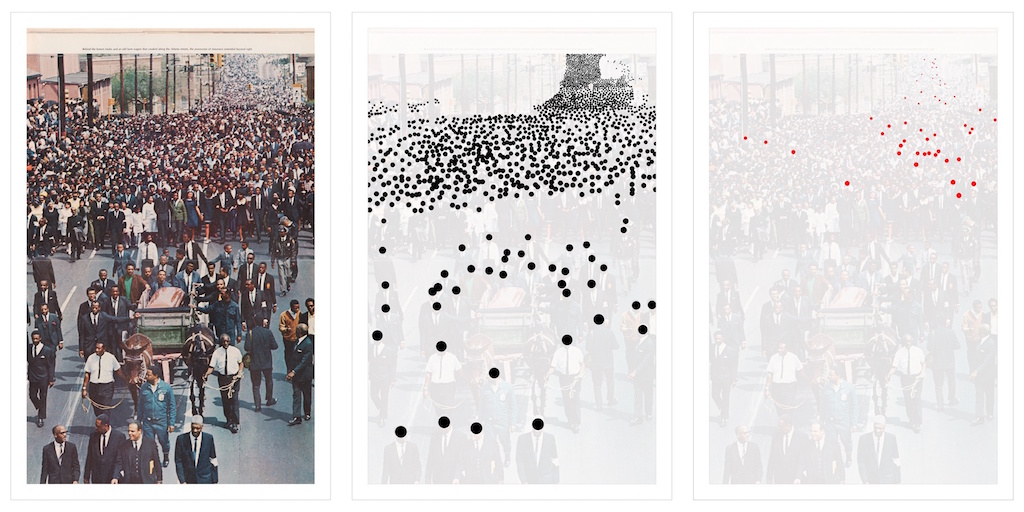
Life Magazine, April 19, 1968 - Each print signed in ink on verso - Three pigment prints mounted on Sintra - 121.9 cm x 243.9 cm © Alfredo Jaar. Courtesy Michael Hoppen Gallery
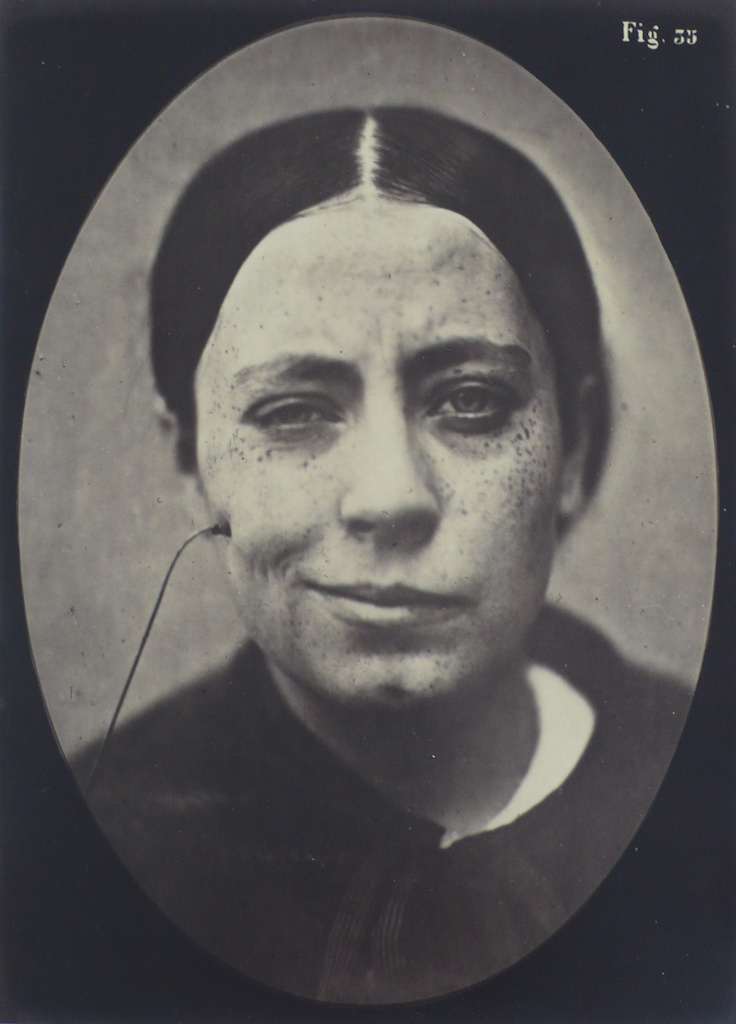
‘Rire faux (False laugh) from Mecanisme de la physionomie humaine, 1862’
© Dr. Duchenne de Boulogne. Courtesy Michael Hoppen Gallery


